How Sustainable is the Trail Blazers' Defense?
Portland has opened the season with a top-10 defense. Can they keep it up?
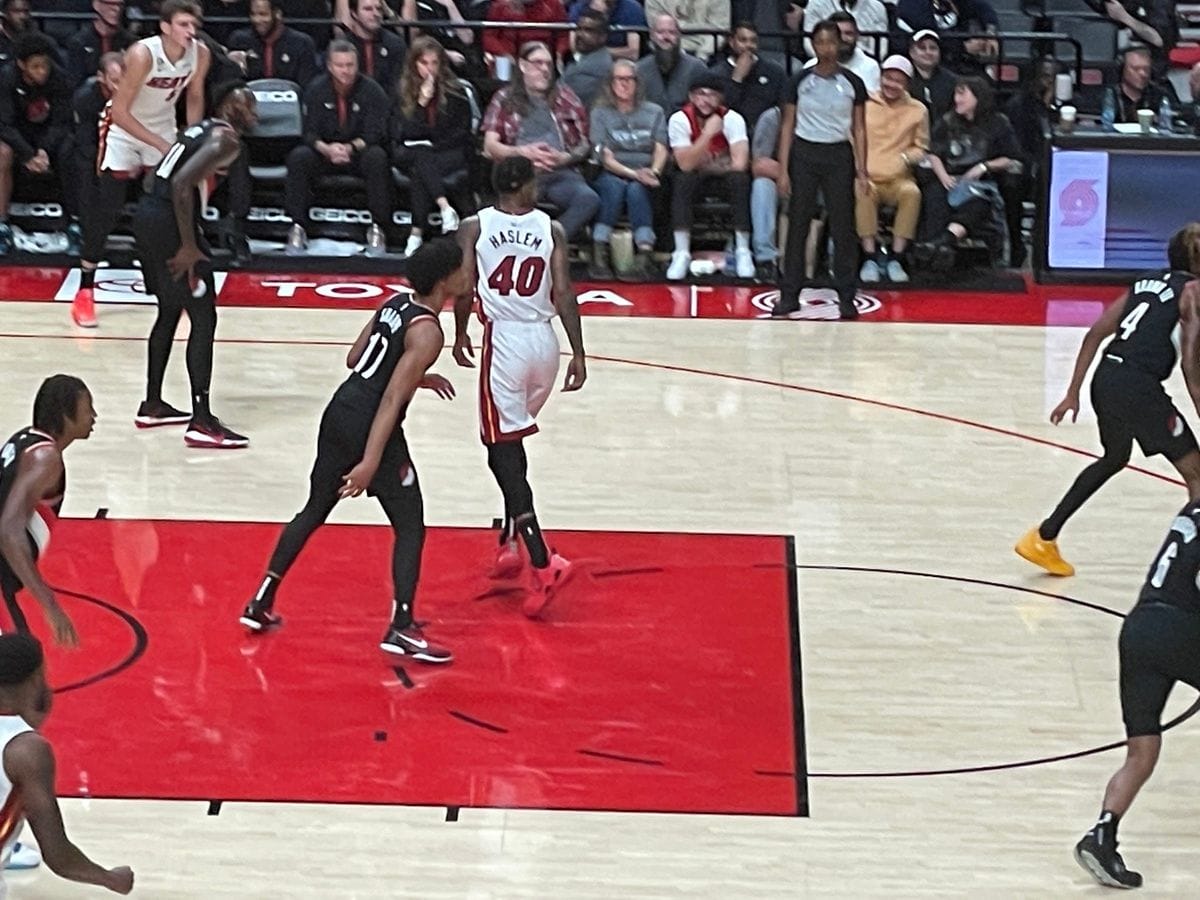
The Trail Blazers' 9-4 start to the season has been a surprise to a lot of people. The bigger surprise is that they've been doing it defensively.
In the past, the 2018-19 Western Conference Finals run notwithstanding, Portland's success has been through the sheer fact that Damian Lillard is a top-five offense unto himself, whatever he has around him.
This year, Lillard has been in and out of the lineup with a calf injury. He's been largely back to pre-surgery, All-NBA form, but he hasn't been the sole force carrying them. The Blazers' offense through 13 games has been middle-of-the pack, scoring 111.6 points per 100 possessions, the 16th-best mark in the league.
The defense is what has made them elite. As of Monday afternoon, Portland ranked sixth in defensive rating (according to NBA.com), giving up just 109.7 points per 100 possessions.
"I've always said I think defense travels," head coach Chauncey Billups said after Monday's practice. "You never know if you're going to make shots that night. But if we're locked in defensively, we're communicating defensively, you're going to give yourself a chance to win. I think anytime you become a defensive team, you can sustain that."
But just how sustainable is this hot defensive start? The types of shots they're giving up suggest a regression may be coming.
According to the shot-location data on Cleaning the Glass, the profile of shots the Blazers allow is among the riskiest in the NBA. They're 28th in a stat called Location Effective Field-Goal Percentage, which essentially weights the quality of opponents' shot attempts, regardless of whether they go in.
The two worst types of attempts to allow are generally believed to be shots at the rim and corner threes. 37.2 percent of all shot attempts the Blazers allow are at the rim, which is the fifth-most in the league, while their rate of corner threes allowed ranks 28th (third-most). In both types of shots, they're allowing the 11th-worst shooting percentage on opponent attempts (63.6 percent at the rim and 36 percent on corner threes).
In other words, they've allowed opponents to take good shots, and teams haven't capitalized. At some point, their luck with opponents shooting below average on quality attempts is probably going to run out.
Billups doesn't disagree that the shot profile is not ideal and it's still a work in progress.
"A lot of that stuff is miscommunications and breakdowns," he said. "We're obviously not promoting those types of shots to give up, but things happen. My thing is, I want us to just make multiple efforts and rotate out. We change defenses so much throughout the game to try to keep teams off-balance, and I think that's been one of our weapons. But at the end of the day, you can't take away everything. You've got to get good at something, one or two things, and you try to make adjustments. You can't take it all away."
Lillard pushed back a little when asked about the attempts the Blazers are giving up, arguing that the shot location is less important than how well they're defending those shots. And he's liked what he's seen in film sessions.
"We have given up a lot of corner threes," he said. "But I think in the past, we've given up a lot of corner threes where we rotate and take a guy on the wing and allow him to have a clean one in the corner. But a lot of times, when we're watching film, they're saying, 'We want you guys close to the chest. Don't let guys even get a shot off.' But we're actually right there. I can think of at least 10 times this season where I've closed out to the corner and I'm so close to the guy that I think, 'He's not gonna shoot this.' And then he raises up and shoots it. Sometimes, the numbers can be tricky. Yeah, they're shooting a lot of threes in the corner, but it's also not like they're just raising up getting quality shots. And guys are good. If a guy closes to me and he's close to me and I feel like I can still get it off, I'm gonna shoot it too."
The Blazers' best defensive attribute thus far has been their ability to keep opponents off the free-throw line. They're committing the second-fewest personal fouls per game (18.8, behind only Denver) and their opponent free-throw rate of 24.8 percent is the eighth-best mark in the league. That speaks to a commitment to fundamentals that hasn't been present in years past, and could be more sustainable than the shots they're allowing.
Even if they regress, it's unlikely they go back to being among the worst defensive teams in the league that they were the past three years. The addition of quality defenders like Jerami Grant, Josh Hart and Justise Winslow should ensure that, not to mention the impending return of Gary Payton II, who hasn't played yet this season but is one of the best point-of-attack defenders in the NBA.
It's tough to expect their defense to stay in the top 10 the whole season, just as it's unlikely an offense with this many weapons will stay average. If one improves and the other regresses as most expect, that still leaves the Blazers as a good team.
But nothing about what they've done so far feels like a fluke to them. And after a 4-2 road trip with three of those wins coming with at least one starter out and three coming against projected playoff teams, they feel they're exactly where they need to be, with room for improvement.
"In the past, anytime we've done this, we get on a hot streak and it's like, 'When's it gonna go out?'" Lillard said. "And I think this time, we could be playing so much better but we're finding ways to win. Defensively, how together we are, it just feels different. It feels closer to how it felt my second year in the league, when we started off 13-2. At that point, it just felt like every game we were gonna win. That's how this feels. Because of the way we're doing it, we're defending, we're together, we're trusting each other offensively.
"Because of that, I think it's sustainable."
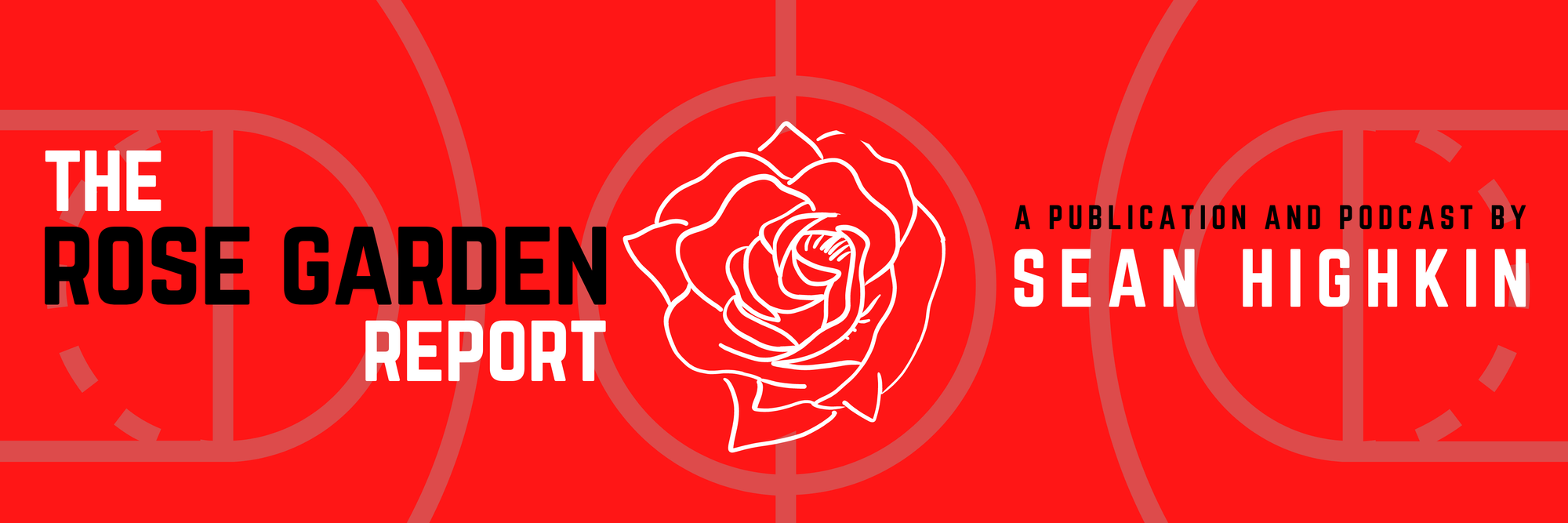
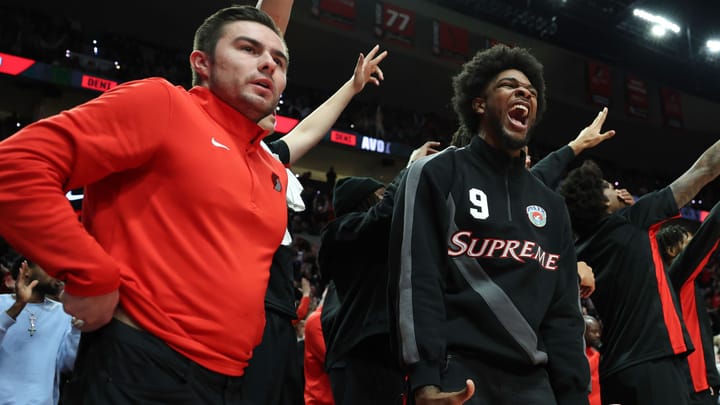
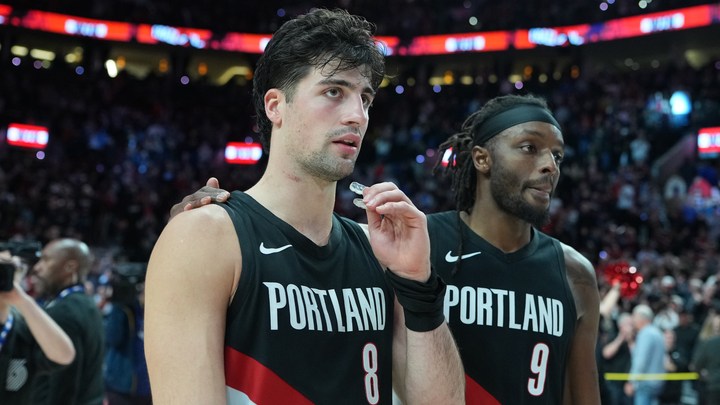
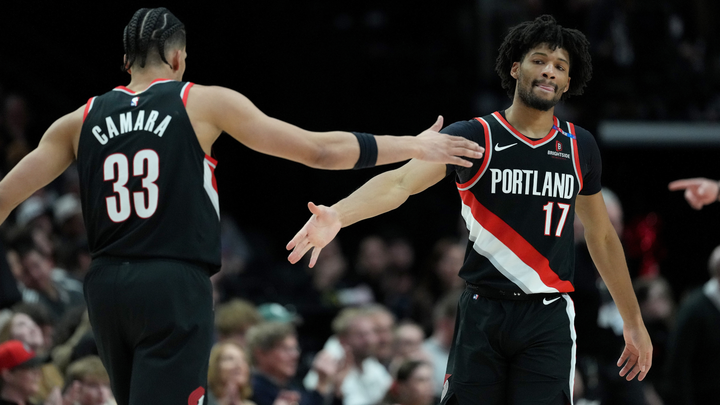
Comments ()